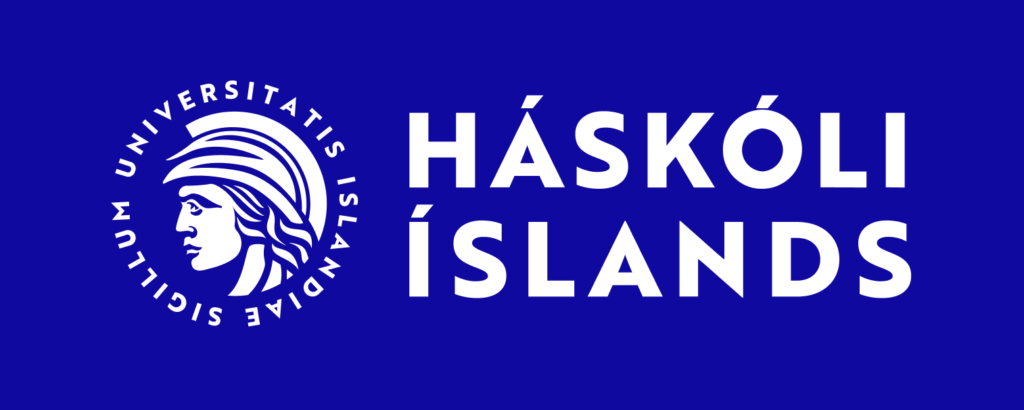Höfundur: Judith Asante
Leiðbeinandi: Charlotte Eliza Wolff
Sérfræðingur: Susan Elizabeth Gollifer
Ágrip/efni:
Ghana’s education system has historically followed teacher-centred methods which restrict students from developing their creativity and critical thinking abilities. According to Paulo Freire (1982) education functions like a „banking concept“ where teachers deposit information into passive learners. Current educational reforms alongside competency-based learning promotion have not led to sufficient adoption of multimodal literacy. Multimodal literacy combines written text with visual media and physical movement to engage students with different learning preferences and promote active learning (Rush, 2003; Rowsell & Walsh, 2011). The study develops curriculum guidelines specifically designed to improve English language teaching in Ghanaian Junior High Schools through multimodal literacy. The research employs an exploratory qualitative approach which includes conducting a literature review and document analysis along with semi-structured interviews from purposively chosen English teachers and curriculum officers. The chosen methodology enables researcher to gather comprehensive data about existing teaching methods and discover what teachers perceive as challenges in their work. The study aims to produce context-specific curriculum guidelines which incorporate recommended teaching strategies along with assessment models and classroom management techniques and inclusive pedagogical approaches. The study utilizes a conceptual framework based on Piaget’s cognitive development theory together with Erikson’s psycho social theory and multimodal literacy models (Rush, 2003) which establishes a strong theoretical basis. The study stands out because it aims to connect educational policy with classroom practice which will lead to improved teaching outcomes and better literacy results. These research findings will help teachers and policymakers in Ghana and curriculum developers to improve national curriculum implementation while advancing multimodal literacy education research.

